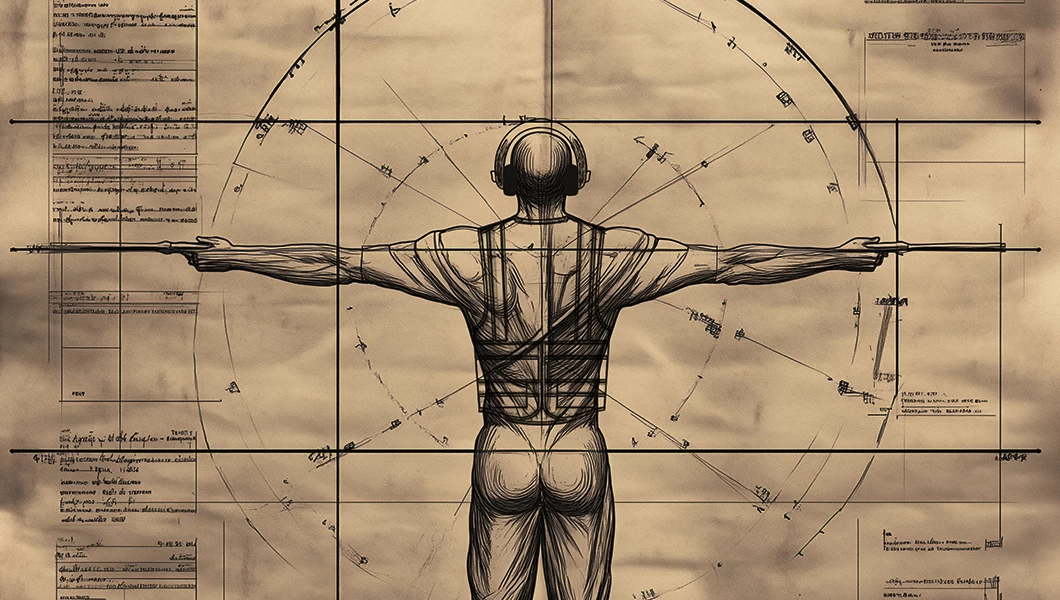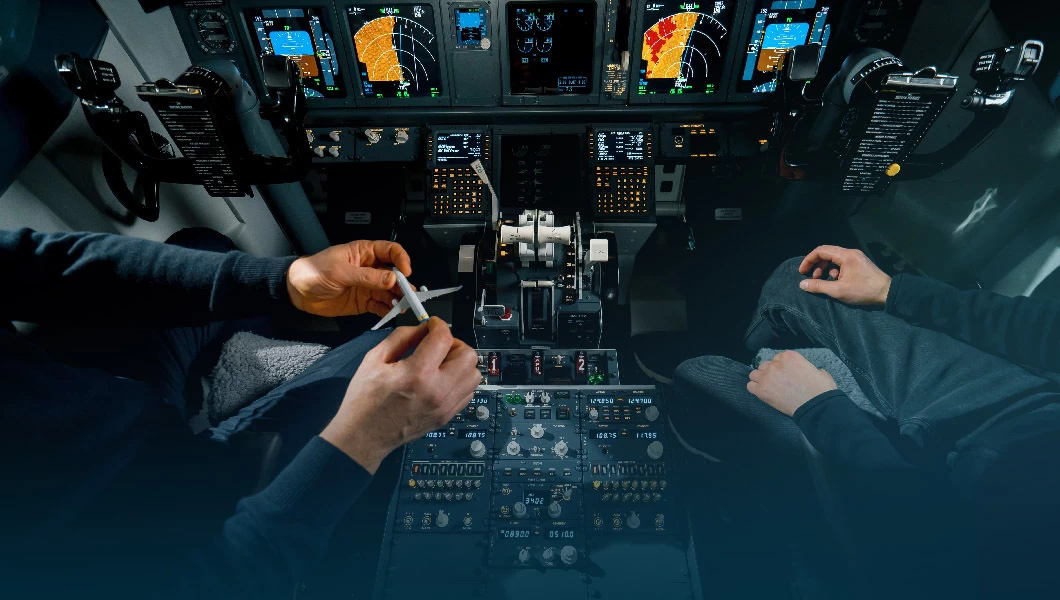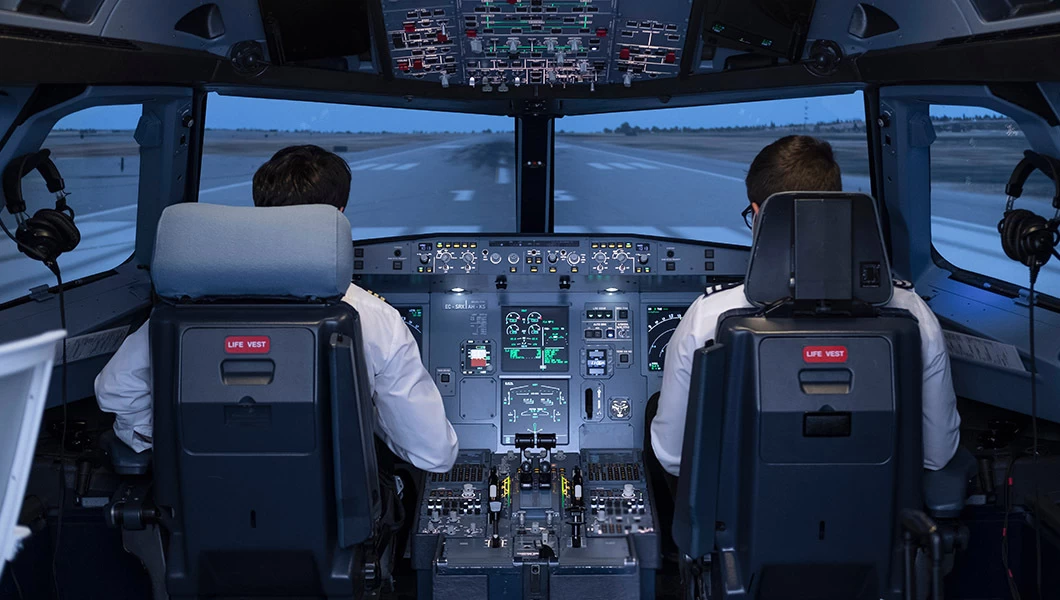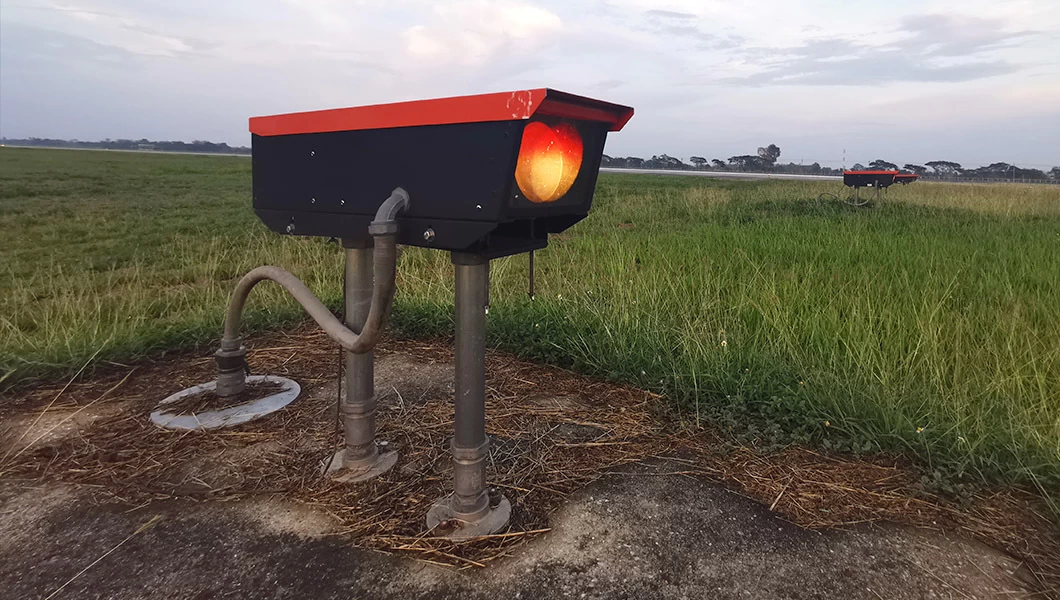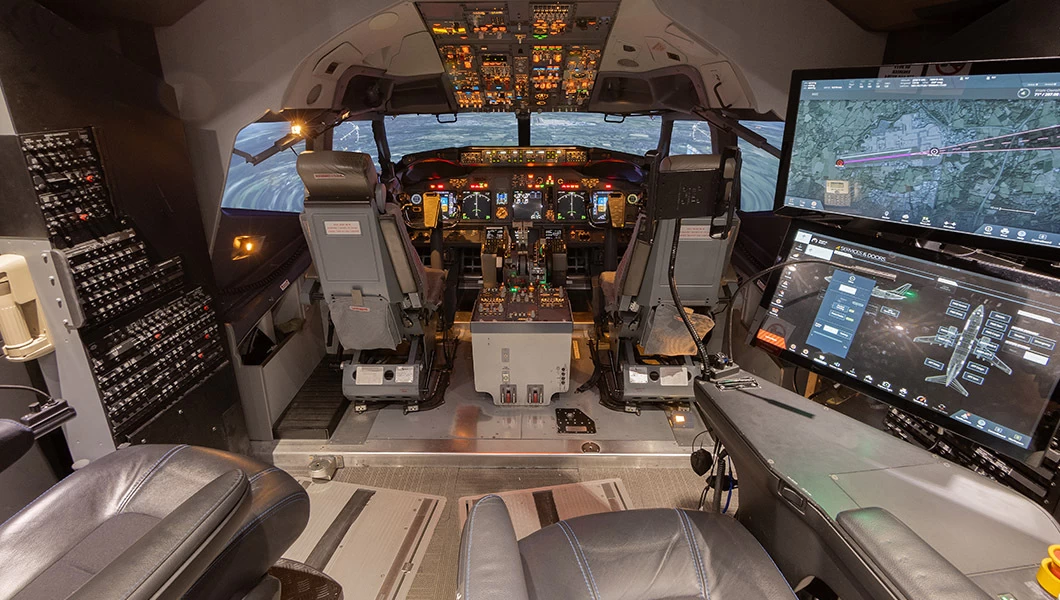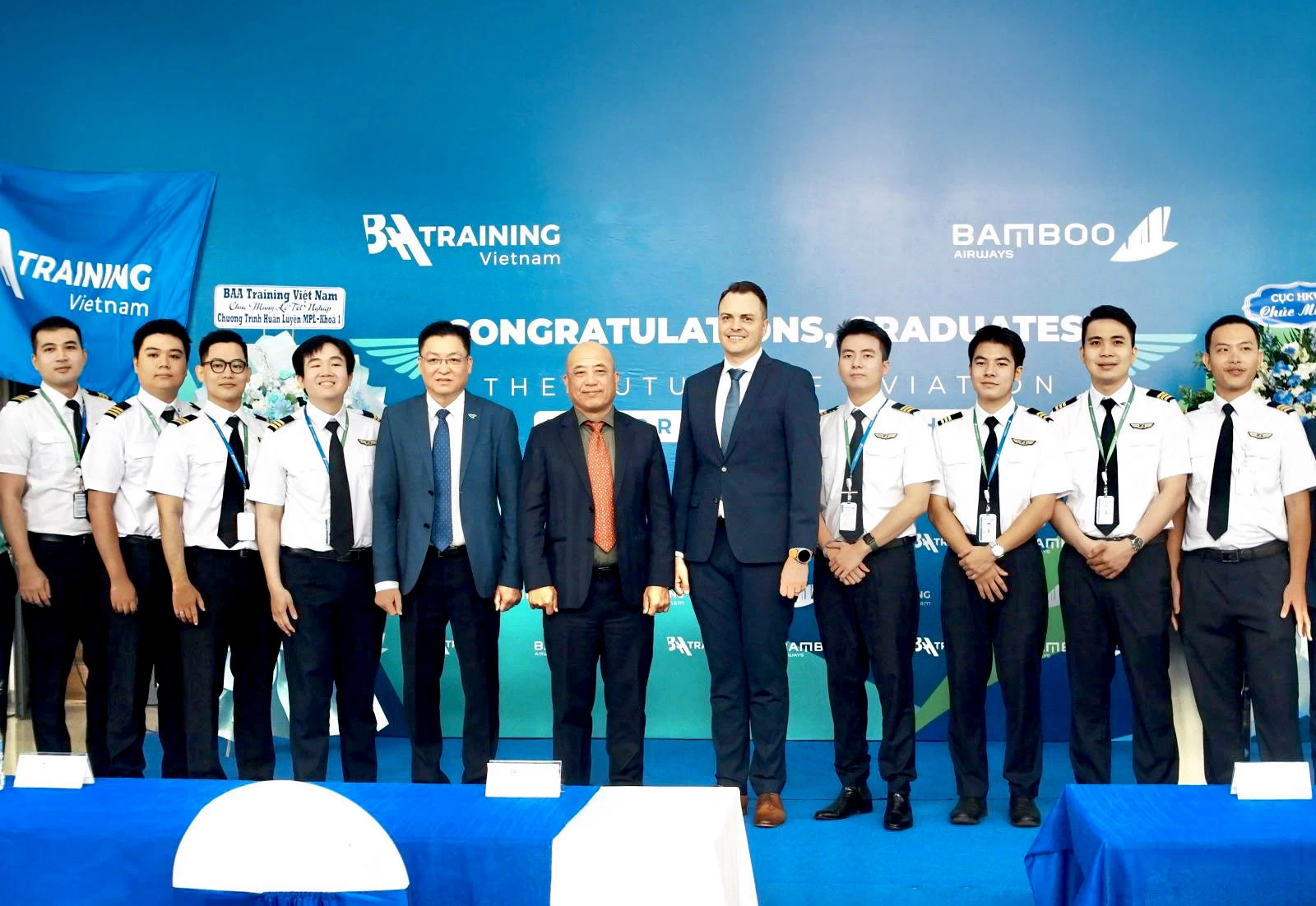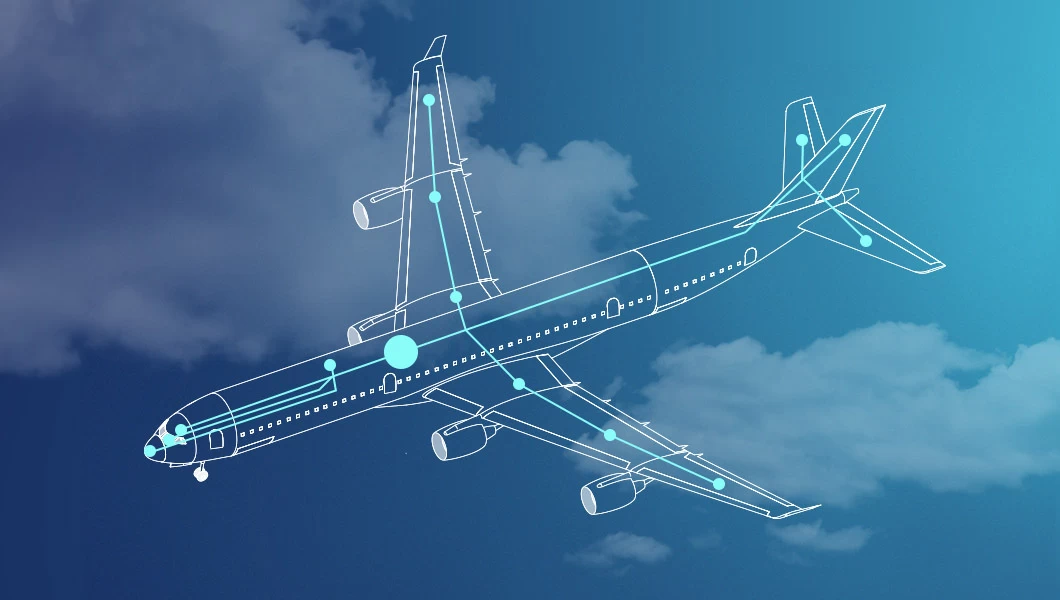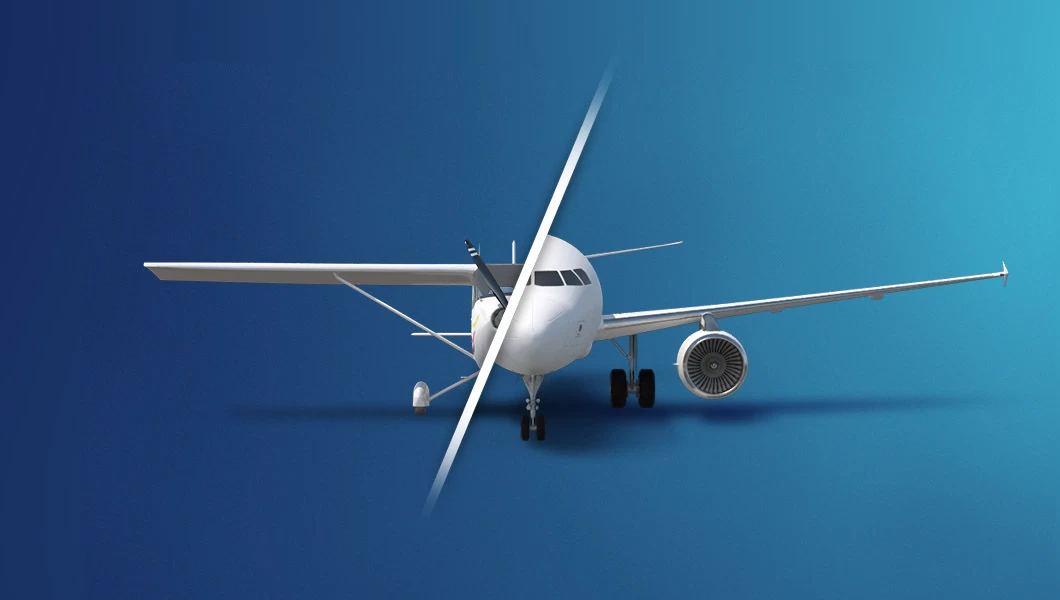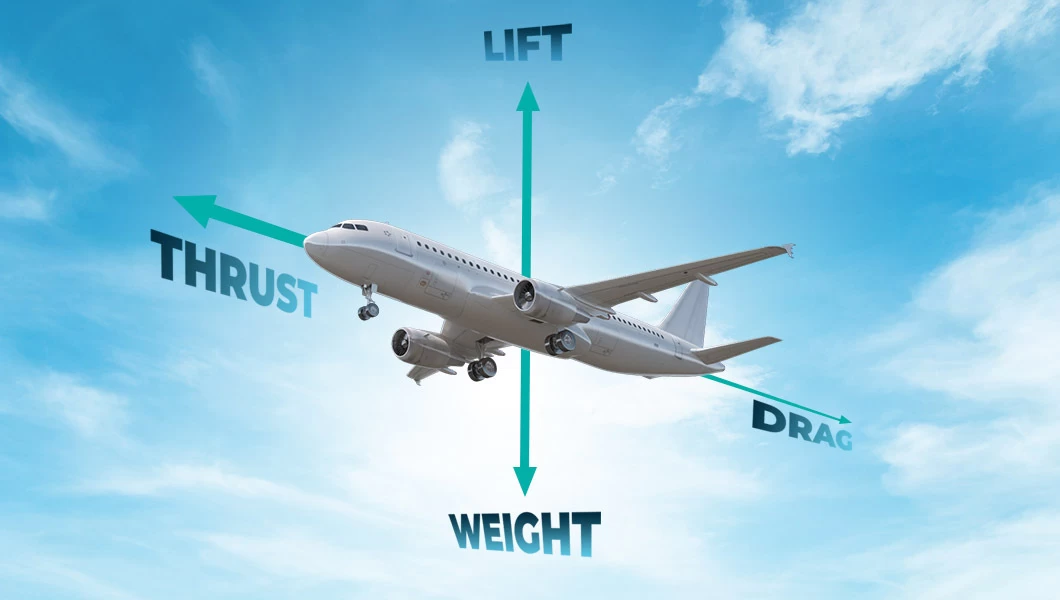And you waved back?
While you make friends before takeoff to your next destination, pilots in the cockpit know it’s the standard aircraft marshalling signals directed at them (sorry!). It might seem fun to wave your hands around before an A320 is towed for taxiing, but these aviation professionals ensure efficient and safe operations on the ground, with each of their movements practiced to perfection.
For pilots, this is yet another skill to get the hang of and master in order to make certain that the traffic on the ground is as safe. So, what are some of the most common signals a pilot must know?
What is aircraft marshalling?
Let’s start with the basics, shall we? Aircraft marshalling is essentially one-on-one visual communication between the ground handling professional, in this case, a marshaller, and the pilot during taxiing, parking, and other ground-related maneuvers.

Imagine being the ultimate traffic conductor for airplanes. That’s exactly what an aircraft marshaller does—guiding massive jets and smaller aircraft to their parking spots with a wave of the hand (and sometimes a little help from a radio). It’s all about precision and clear communication as the marshaller directs the pilot to safely navigate the tarmac, dodging other planes, airport gear, and even buildings. With every signal, the marshaller ensures that each aircraft is parked perfectly, like a pro, making some of the busiest places in the world run smoothly.
They also have to stand out on the ground to be easily spotted. This means that they wear reflective safety vests and earmuffs to protect themselves from the sounds of roaring engines and, most of the time, dictate the movements of the aircraft with two wands.
How many aircraft marshalling signals are there?
The easy answer—quite a few. And to make things really challenging, some of the signals have variations, meaning marshallers at different airports might be waving at you differently. A pilot’s job is to know the approved signals that are used throughout most of the world’s airports. The good thing is that both the ICAO (International Civil Aviation Organization) and IATA (International Air Transport Association) have approved industry standard signals, meaning that 99.9% of the time, the ones you learn at a pilot academy, you will also encounter at an airport. While there are quite a few wave patterns to remember—like everything in aviation—there are the most common ones that you will see from the cockpit window.
Most common marshalling signals
Whether you’re planning to commandeer an airliner like an A320 or similar or enjoy coasting the familiar landscapes in a single-engine like Cessna 172S with your Private Pilot’s License, you will need to understand what the air marshaller signals you. It’s true that larger, busier airports will most likely have a visual docking guidance system in place to assist pilots and aircraft alike in docking at the exact position in front of the respective gates. But knowing how to interpret the signals is still a skill that pilots have to learn.
So, what are the most common visual communication patterns you might encounter as a pilot?
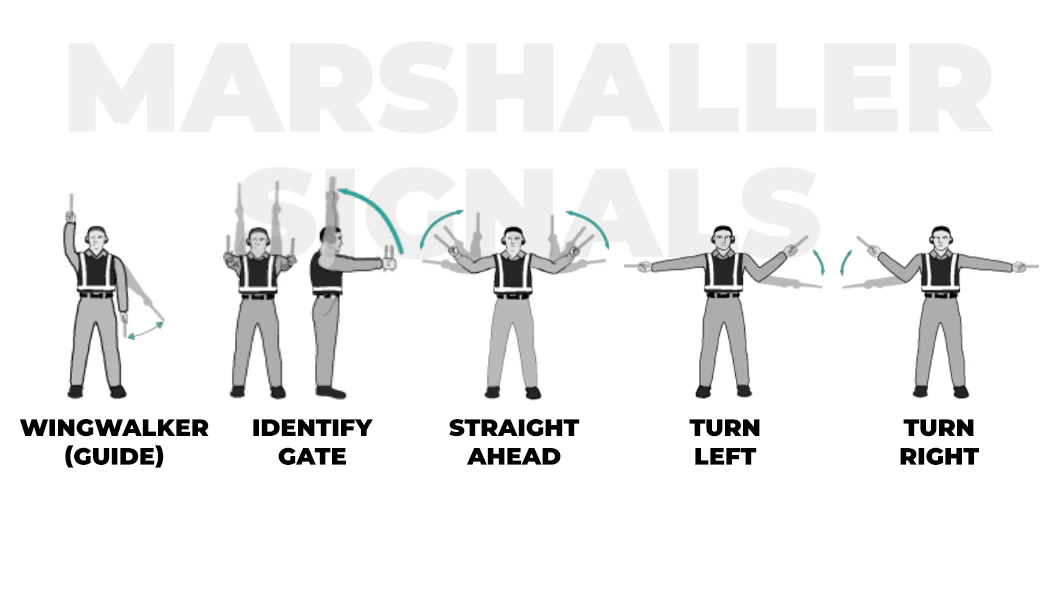
1. Wingwalker/Guide
The signal: Marshaller raises right hand above head level with wand pointing up; moves left-hand wand pointing down toward the body.
This signal is used by a person standing at the aircraft’s wingtip to let the pilot, aircraft marshaller, or push-back operator know that it’s safe to move the aircraft on or off the parking spot without hitting anything.
2. Identify Gate
The signal: Marshaller raises fully extended arms straight above the head with wands pointing up.
This signal is used to show the pilot which parking gate or position they should move the aircraft towards. Short and sweet.
3. Straight Ahead
The signal: Marshaller bends extended arms at elbows at the sides and moves wands up and down from chest height to head.
This signal directs the pilot to keep the aircraft moving forward in a straight line. Used for arrivals and parking at the gate.
Alternative Signals
This signal has a couple of variations that an air marshaller might use. The first one is that a marshaller can also raise wands at chest level, extending the arms outwards to create a pushing motion. Another variation could be bringing the bent arms to the shoulders and then pushing the wands outwards repeatedly.
4. Turn Left
The signal: With the right arm and wand extended at a 90-degree angle to the body, the marshaller makes a “come ahead” signal with the left hand. The rate of signal motion indicates to the pilot the rate of aircraft turn.
This one is pretty straightforward, unlike the motion itself. The signal instructs the pilot to steer the aircraft to the left.
5. Turn Right
The signal: With the left arm and wand extended at a 90-degree angle to the body, the marshaller makes a “come ahead” signal with the right hand. The rate of signal motion indicates to the pilot the rate of aircraft turn.
Exactly like the “turn left” signal, this indicates to steer to the right.
The “turn left” and turn “right” signals, in truth, tend to create the most confusion for beginner pilots as the two use both hands to signal directions. The exciting part? Follow the extended arm—it indicates the direction a pilot needs to turn.

6. Normal Stop
The signal: Marshaller fully extends arms and wands at a 90-degree angle to the sides and slowly moves to the above-head position until the wands cross.
This signal tells the pilot to bring the aircraft to a complete stop. The rate at which the marshaller’s arms move from the sides to the above head indicates the pilot how close they are to a complete stop.
Your PILOT CAREER
starts with a first click
7. Chocks Inserted
The signal: With arms and wands fully extending above the head, the marshaller moves wands inwards in a “jabbing” motion until the wands touch.
This signal indicates that the wheel chocks are in place, securing the aircraft so it won’t move. The marshaller must ensure that the flight crew acknowledges this.
If chocks can be inserted, then they can also be removed. The signal for this is exactly the same, but the motion with the wands is done outwards. Here, the marshaller has to wait for the authorization from the flight crew.
Alternative Signals
This signal has another variation that an air marshaller might use. They can make the same signal but at a waist level.
8. Start Engine
The signal: Marshaller raises the right arm to head level with the wand pointing up and starts a circular motion with the hand; at the same time, with the left arm raised above head level, they point to the engine to be started.
This signal instructs the pilot to start the aircraft’s engines. If there is more than one engine, the marshaller indicates which engine to start.
9. Cut Engine
The signal: Marshaller extends the arm with the wand forward of the body at shoulder level, moves the hand and wand to the top of the left shoulder, and draws the wand to the top of the right shoulder in a slicing motion across the throat.
Fear not; the marshaller isn’t threatening the pilot. This signal tells the pilot to shut down the aircraft’s engines.
10. Slow Down
The signal: Marshaller moves extended arms downwards in a “patting” gesture, moving wands up and down from waist to knees.
This signal tells the pilot to reduce the speed of the aircraft.
Bottom line
Knowing aircraft marshalling signals is a must for pilots of all stripes, from jumbo jet captains to single-engine enthusiasts. These hand signals aren’t just for show—they’re the secret sauce to smooth and safe ground operations. Whether you’re gearing up to start your engines or steering into your parking spot, the signals keep everything running like a well-oiled machine.
